
The 30 best countries, cities and regions to visit in 2025

What do rockets, water fights and ritual spanking have in common? They’re all expressions of the infinite variety of Easter in Europe. To believers, this festival marks the death and resurrection of Jesus Christ. Church services, chocolate eggs and family gatherings are common across Europe, but so are rip-roaring celebrations that date back to pagan times. Here are nine intriguing customs that are well worth a journey.
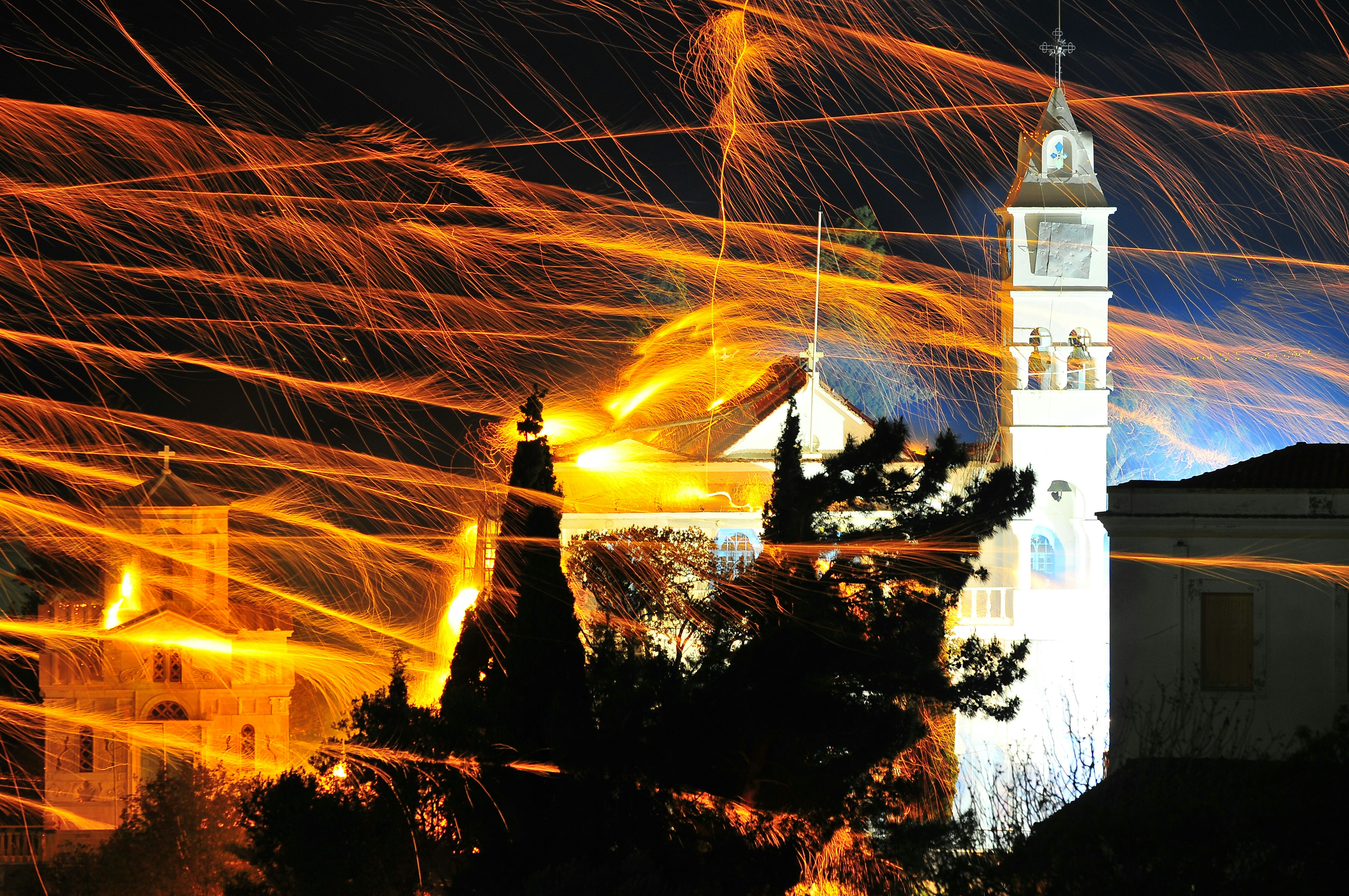
Fireworks are common during midnight church services on Orthodox Easter Saturdays in Greece. But on the island of Chios, Easter is even more incendiary. Two neighbouring parishes in Vrontados – Agios Markos and Panaghia Ereithiani – hold an annual competition to fire shots at each other’s steeples. Real cannons were used until the late 19th century, but these days homemade rockets are the ammunition for the town’s annual rouketopolemos (rocket war). The score isn’t likely to be settled any time soon (both sides tend to declare victory) though the volume of firepower has been toned down in recent years, following local objections. Book accommodation well ahead: this explosive event is very popular with tourists.
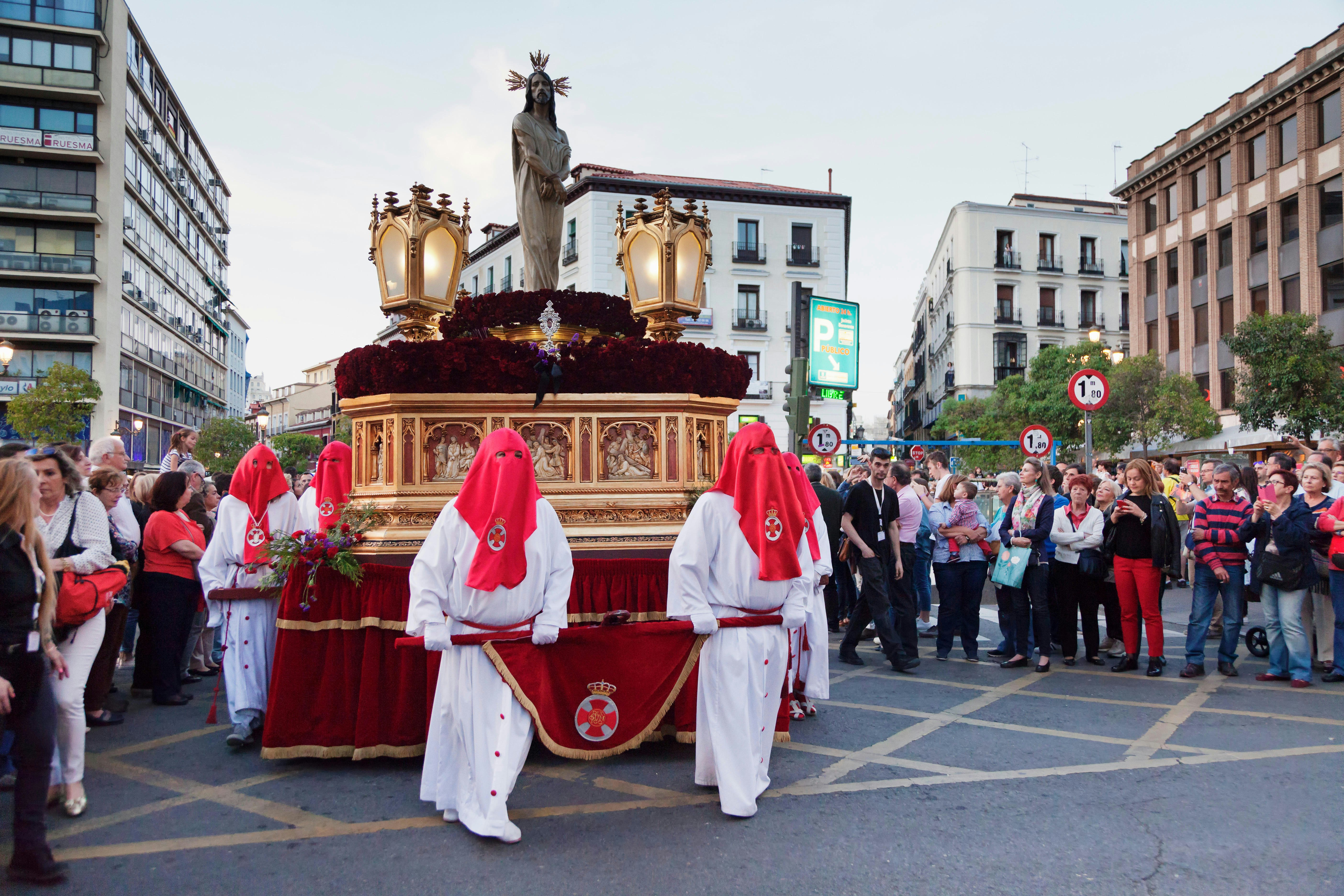
Clad in pointed hoods and long robes, the penitents filing through Spanish towns at Easter look sinister to the uninitiated. But these processions have been a feature of Semana Santa (Holy Week) since medieval times, a symbolic echo of the New Testament account of Jesus’ capture and crucifixion. The traditional hood is a capirote, designed to keep the wearer’s identity secret during public atonement for past sins. Madrid is an excellent place to watch processions on a grand scale. For a more spine-chilling spectacle, head to the Costa Brava village of Verges where skeleton costumes are donned for a ‘dance of death’ on Maundy Thursday (before Easter weekend).
The Bulgarian capital, with the enormous domed Aleksander Nevski Cathedral as its centrepiece, is a memorable place to experience Orthodox Easter. As in many Eastern European countries, midnight Mass is the most significant event: smartly attired worshippers gather inside a church, where the air is heavy with prayer and incense smoke, to usher in Easter Sunday (Mass starts at 11pm on Easter Saturday). In Bulgaria, as in other Balkan countries, there’s often an eggy showdown the morning after. Members of families, friendship groups and church communities carry around hard-boiled eggs and, with one smart egg-to-egg tap, compete to see who has the toughest shell. If your egg is the first to break, you lose; but egg-cracking victors are assured a healthy and happy year ahead.
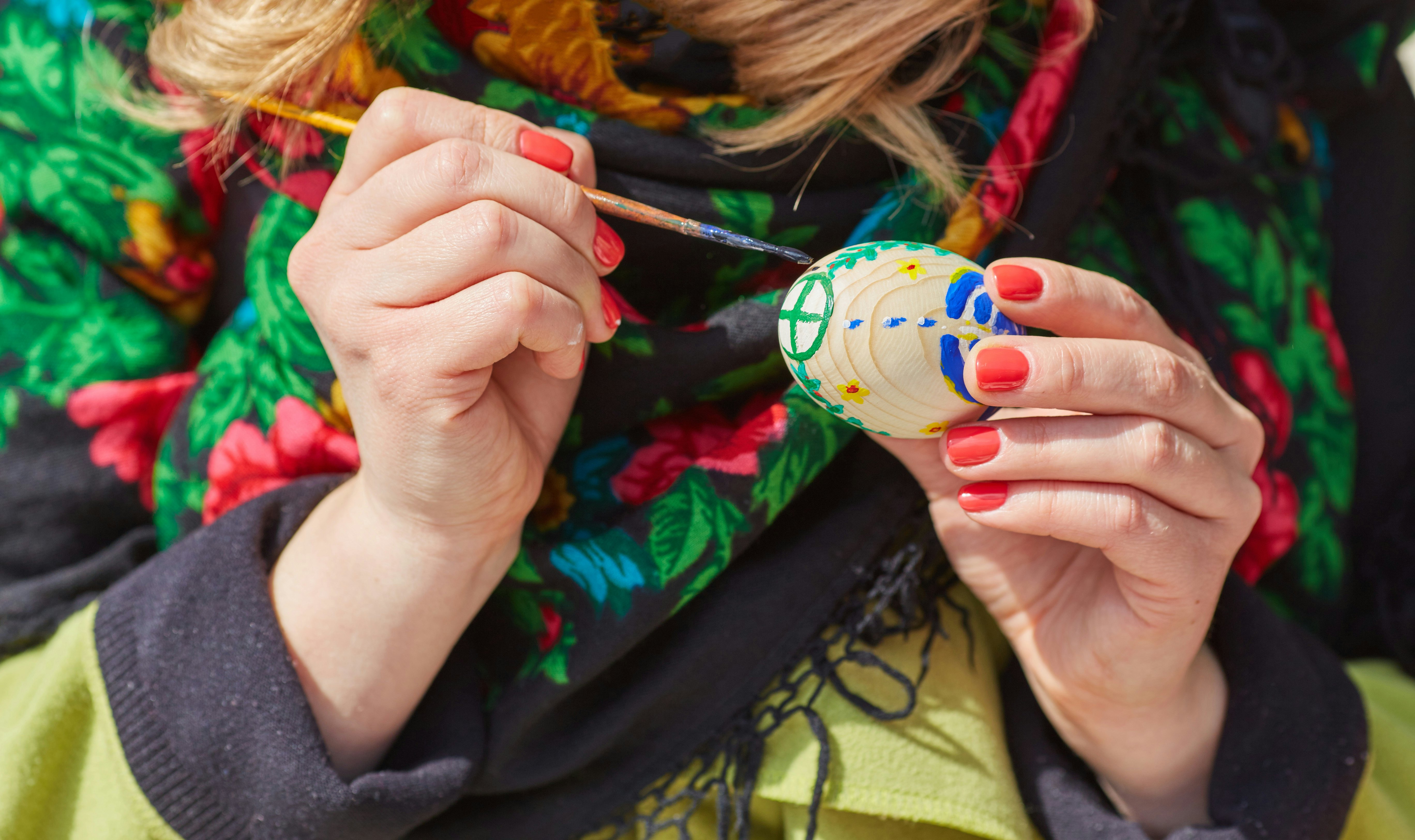
Eggs represent renewal and life after death, and colourful Easter eggs (whether hard-boiled or chocolatey) can be enjoyed across Europe. The art of dyeing eggs dates back millennia ,and in Eastern Europe beetroots and onion skins are traditionally used to dye eggs dark red to symbolise the blood of Jesus Christ. Ukraine arguably has the loveliest creations: pysanky (decorated eggs) are emblazoned with folk patterns, Christian symbols and intricate, repeating designs, carefully drawn on in beeswax. It’s a time-consuming labour of love, and devotees find the process almost prayerful; learn how to do it yourself at a class in Kyiv.
In the USA, egg rolling on Easter Monday has been a feature of the White House calendar since 1878. Most Christians believe that after Jesus was crucified and buried, the stone sealing his tomb was rolled away to reveal that he had risen from the dead; rolling eggs is thought to symbolise this part of the Easter story. The tradition began in Central Europe and the United Kingdom, and in the industrial powerhouse of Preston in Lancashire, eggs have been rolled for more than a century and a half. Head to Avenham Park, whose grassy slope is the perfect stage for children competing to roll their egg the furthest. Cap the experience with a hot cross bun, a raisin-studded, cinnamon-scented treat with a white cross scored into the dough.
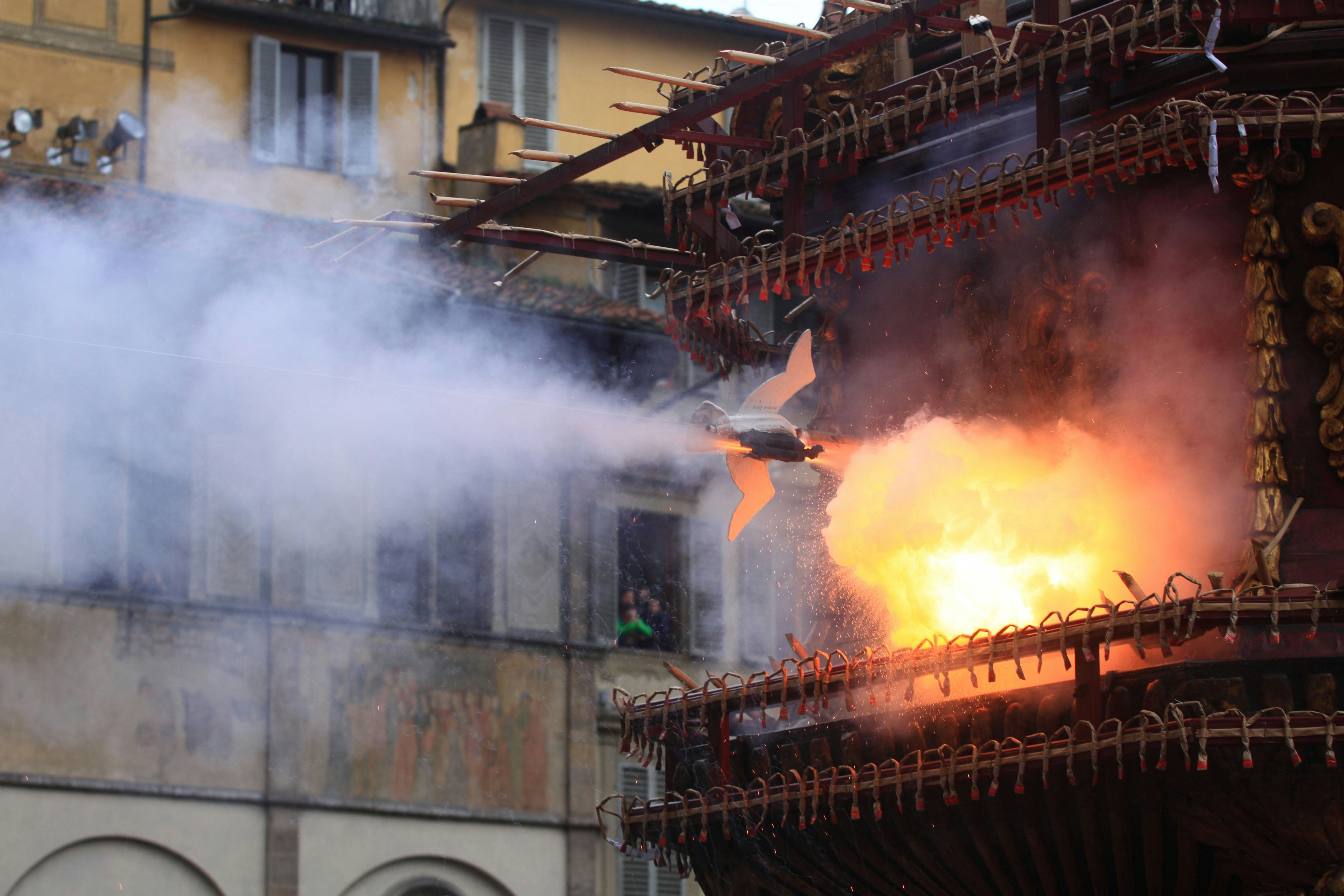
La Pasqua is huge across Italy, but it reaches an ear-splitting crescendo at Florence’s Scoppio del Carro (meaning 'cart explosion’ in Italian). Fire is kindled in the 11th-century Santi Apostoli church, then slowly processed to the Duomo, accompanied by locals wearing period costume, cattle crowned with garlands of spring flowers, and a multi-tier wagon packed with fireworks. This ‘holy flame’ is used to light the fuse of a mechanical dove, which is launched out of the Duomo to ignite cacophonous fireworks, which then erupt from the cart. The ritual is believed to originate in the story of a Florentine nobleman who brought relics back from Jerusalem during the First Crusade. It takes place on Easter Sunday; find a spot early in the morning to see sparks fly.
Much like the Halloween tradition of trick or treating, Finnish and Swedish children celebrate Easter by going from door to door. Wearing old clothing, face paint and other witchy garb, these pint-sized wanderers accept sugary bribes from each household; in return they use willow branches to drive evil spirits away. The timing varies by region: in much of Finland, little witches take to the streets on Palm Sunday (before Easter), though in the west of the country they might be about on Easter Saturday, chanting ‘vitsa sulle, palkka mulle!’ (a branch for you, a treat for me). In Sweden they’re known as påskkärringar (Easter witches) and they step out on Maundy Thursday, following an old belief that witches fly off to commune with Satan on this day.
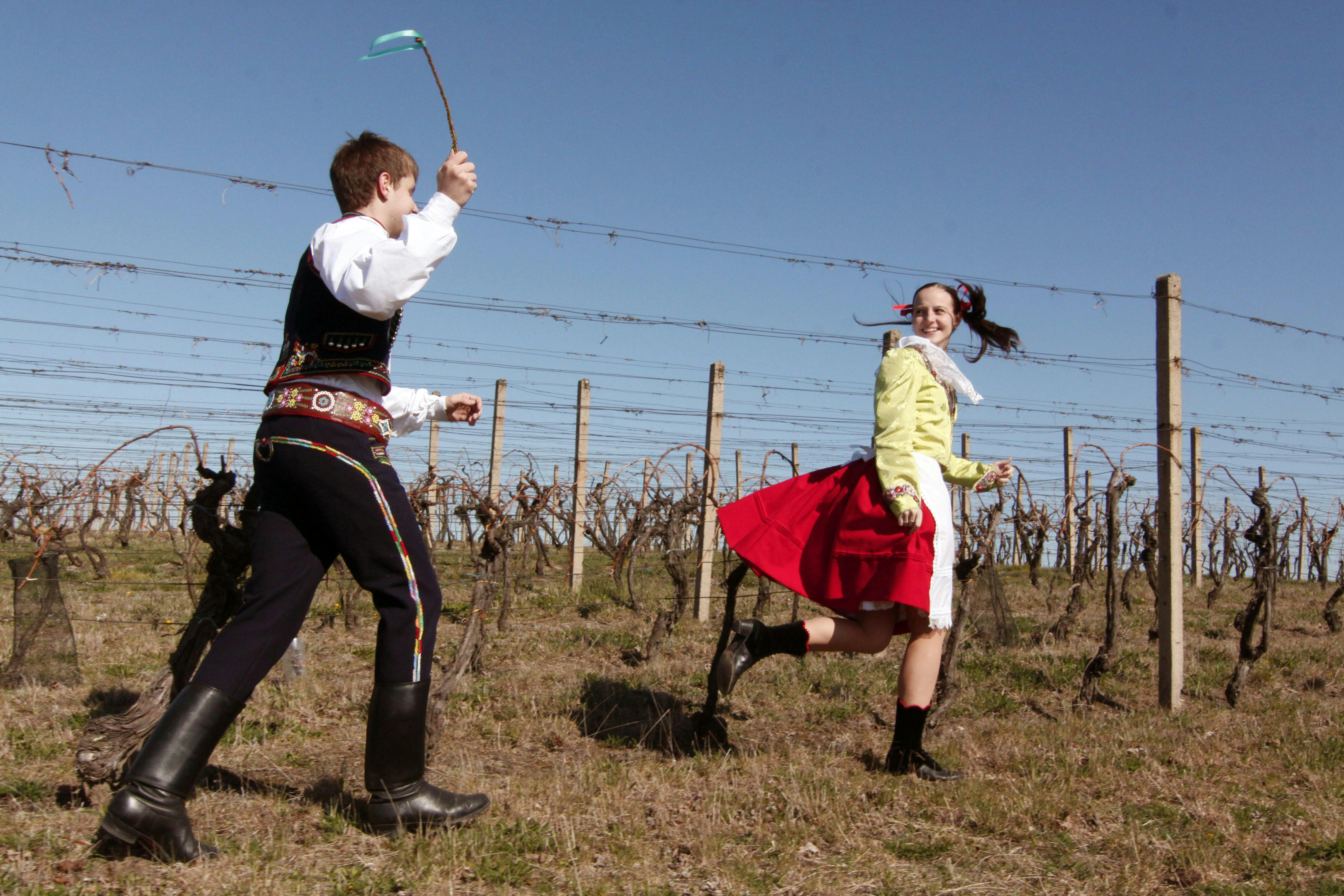
Personally, we’d choose a chocolate egg over being smacked with a braided whip. But in many villages in the Czech Republic, a slap from a pomlázka (or in Slovakia, a korbáč) is an Easter Monday tradition. Young men braid willow twigs into small whips and decorate them with ribbons, before brandishing them around town to strike any woman who takes their fancy. Fans of the tradition insist that being spanked bestows youth and vigour – indeed, the very name pomlázka derives from the Czech word for ‘rejuvenate’. If the twig-slapper shows up after noon it’s customary to scold his tardiness with cold water...it’s the least these wandering whippers deserve.
All the single ladies... get a dowsing with cold water in Poland. Building on the spanky tradition enjoyed by Czechs and Slovaks, lany poniedziałek (‘Wet Monday’ in Polish) sees young men splashing eligible women with water as part of an informal courtship ritual on Easter Monday. The water-averse (or courtship-averse) can offer an egg as a ransom to avoid getting soaked. It’s thought to date back to pre-Christian customs where an effigy of a pagan crop goddess would be symbolically watered to beseech the gods for a successful harvest. There’s still an element of watery flirting, though in most Polish villages Wet Monday has evolved into an all-out water fight. The custom even endures in Polish communities in the USA under the delightful name ‘Dyngus Day’; head to Buffalo, New York, for an Easter Monday extravaganza.